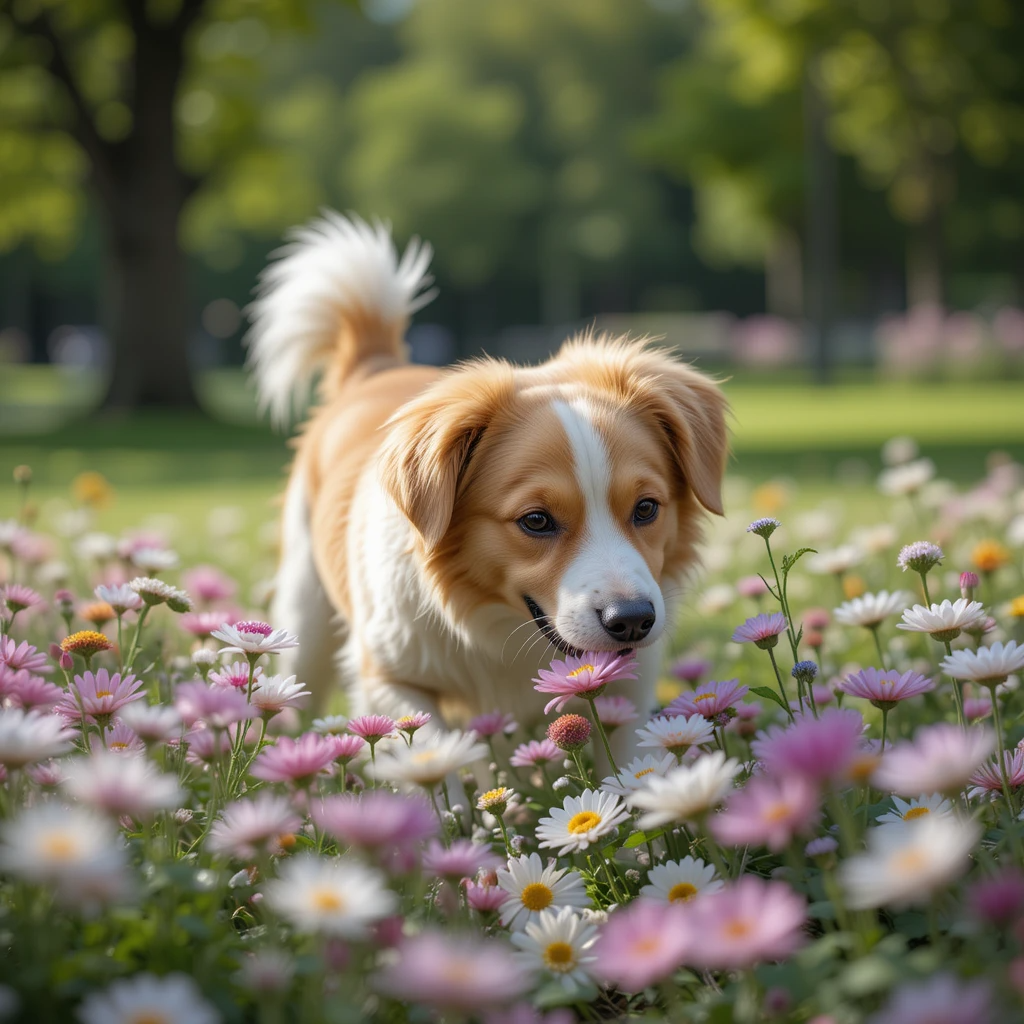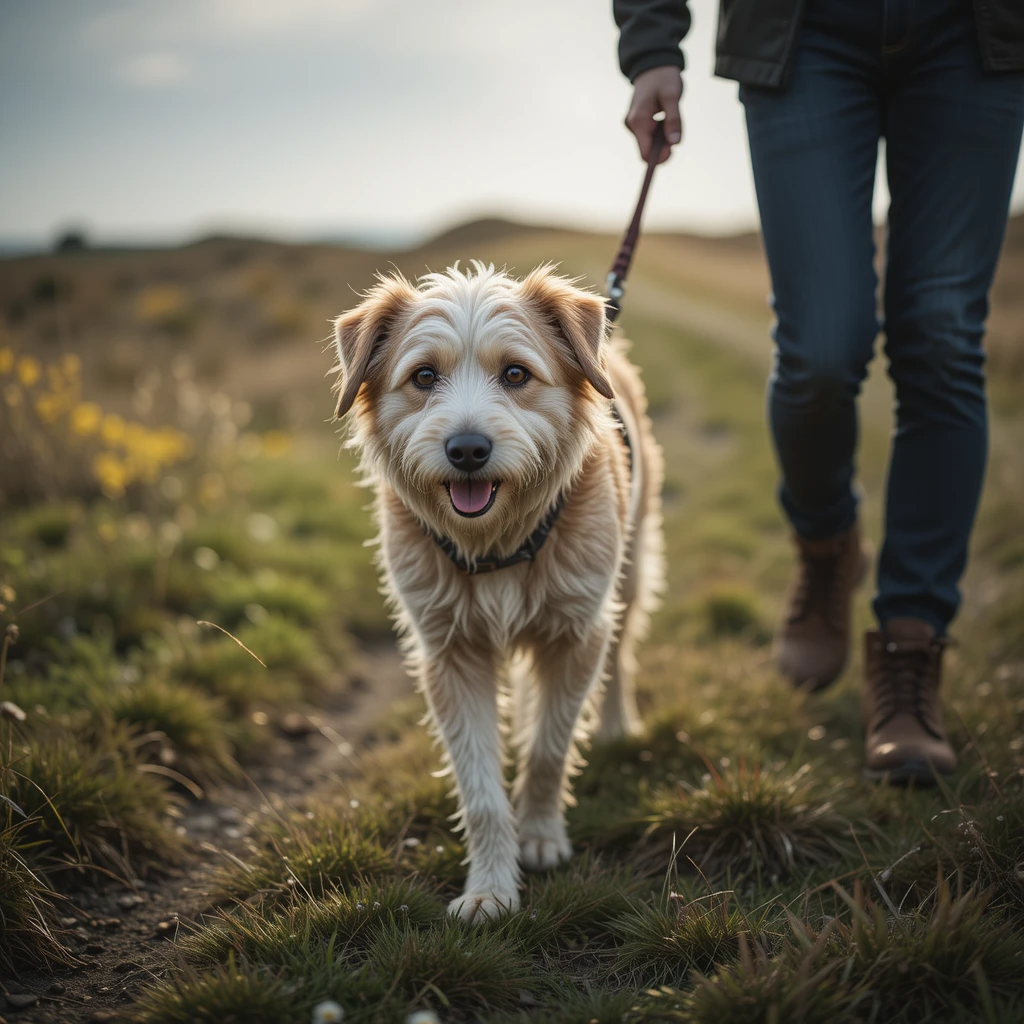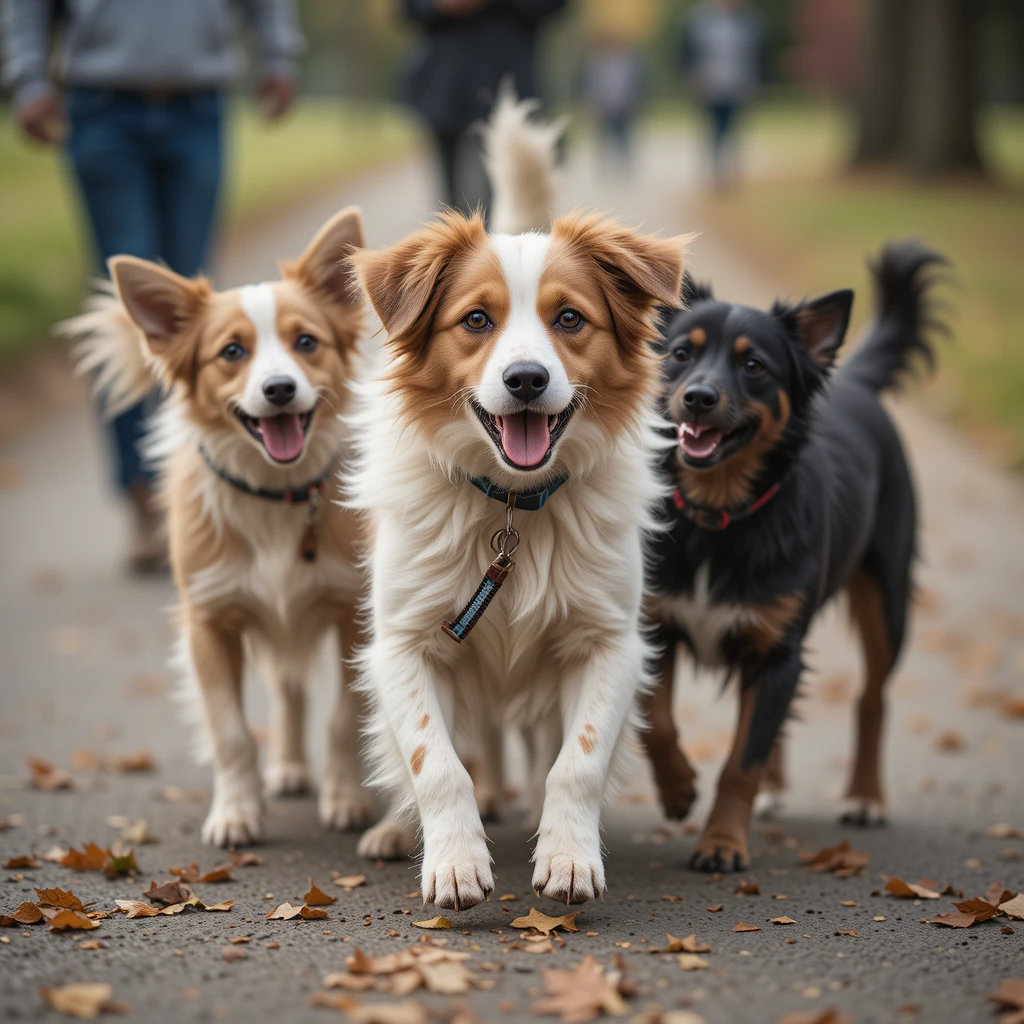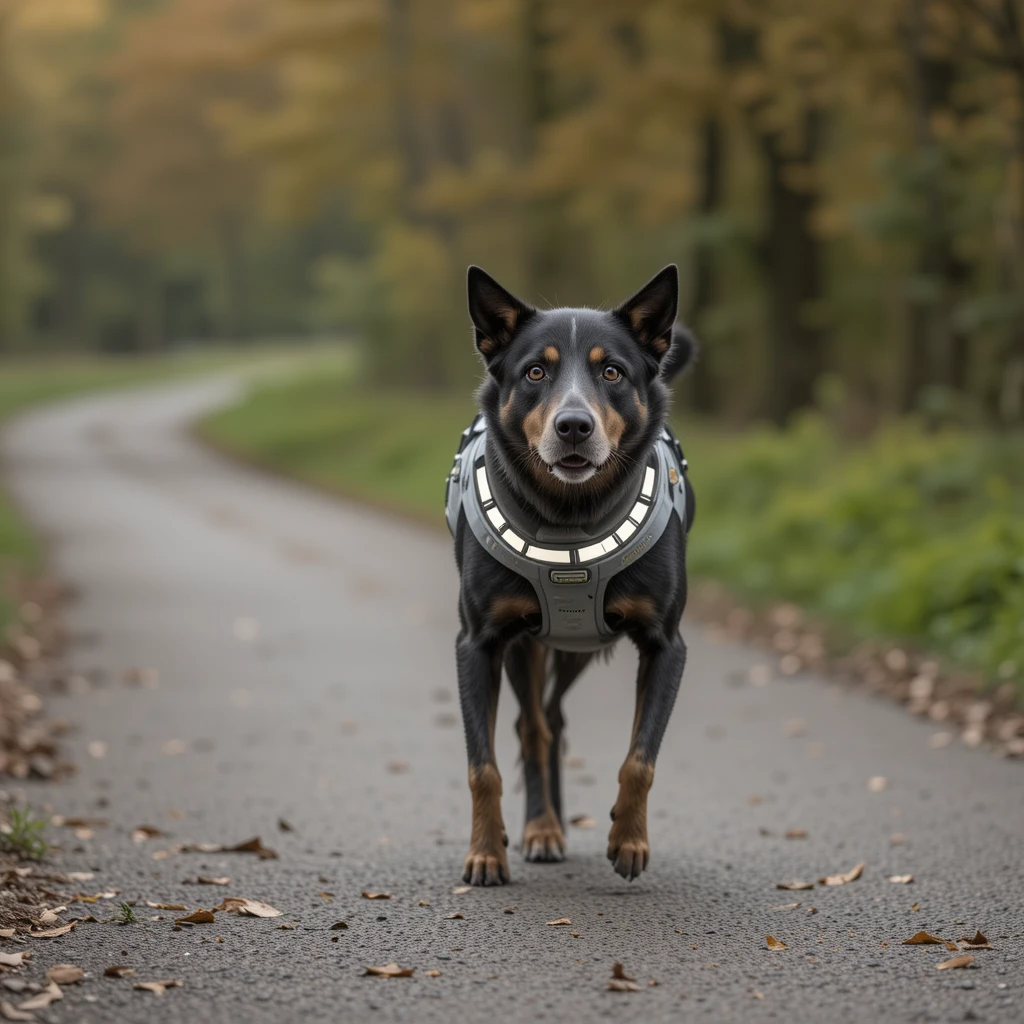The Ultimate Guide to Dog Walking: Tips for a Healthy and Happy Pup
Dog walking is more than just a routine; it’s an essential activity that contributes to your dog’s physical and mental well-being. Whether you’re a seasoned pet owner or new to having a furry companion, walking your dog provides numerous benefits, from strengthening your bond to improving their overall health.
In this comprehensive guide, we’ll explore everything you need to know about dog walking, including its importance, practical tips, and how to make every walk an enjoyable experience for both you and your pup.

Why Dog Walking Matters
Regular walks are crucial for a dog’s health, helping to prevent obesity, reduce anxiety, and improve cardiovascular fitness. For puppies and active breeds, walking offers an outlet for pent-up energy, reducing the likelihood of destructive behavior at home.
Physical and Mental Benefits of Dog Walking
Enhances Physical Health
Walking helps maintain your dog’s weight, improves muscle tone, and supports joint health. Regular exercise is especially beneficial for older dogs, as it helps reduce stiffness and keeps them mobile.
Stimulates Mental Well-being
Walking provides mental stimulation through new sights, smells, and sounds. It’s an opportunity for your dog to explore their environment, which keeps their mind sharp and reduces boredom.
Improves Socialization Skills
Encountering other dogs and people during walks helps your pup develop positive social behaviors. These interactions teach them to stay calm and friendly in different situations.

Preparing for a Dog Walk
Before heading out, ensure you’re well-prepared to make the experience safe and enjoyable for your dog:
- Choose the Right Gear
- Use a sturdy leash and a comfortable harness to keep your dog secure. Avoid retractable leashes for better control.
- Ensure your dog wears a collar with an ID tag that includes your contact information.
- Check the Weather
- Avoid walking in extreme heat or cold, as it can harm your dog’s paws and overall health. Early mornings or evenings are ideal during summer months.
- Pack Essentials
- Bring poop bags, water, and a collapsible bowl for hydration.
- Consider carrying treats for training or rewards during the walk.

Tips for a Safe and Enjoyable Walk
- Start Slow
Gradually increase the duration and intensity of walks, especially for puppies or senior dogs. This prevents overexertion and allows them to build stamina. - Stick to a Routine
Dogs thrive on routine. Establish consistent times for walks to create a sense of stability and expectation for your pet. - Be Mindful of Surroundings
- Avoid areas with heavy traffic or loud noises that might scare your dog.
- Keep an eye out for potential hazards like broken glass or toxic plants.
- Practice Basic Commands
Teaching commands like “heel,” “sit,” and “leave it” can make walks safer and more enjoyable. Practice these commands during the walk for reinforcement.

Common Challenges During Dog Walks and How to Overcome Them
- Pulling on the Leash
Many dogs get excited and pull during walks. To address this:- Use a no-pull harness to discourage pulling.
- Stop walking when your dog pulls and only move forward when the leash is slack.
- Reward your dog for walking beside you to reinforce good behavior.
- Distractions
Dogs are naturally curious and may get distracted by other animals or objects. To handle this:- Keep treats on hand to redirect their attention.
- Use the “focus” command to bring their attention back to you.
- Fear or Anxiety
Some dogs may feel anxious in new environments. Help them feel more comfortable by:- Gradually exposing them to new surroundings.
- Keeping walks short initially and extending them as your dog becomes more confident.
- Using positive reinforcement to encourage calm behavior.

How Long Should You Walk Your Dog?
The ideal length and frequency of walks depend on your dog’s breed, age, and energy levels:
- High-Energy Breeds
Dogs like Border Collies or Huskies may need up to two hours of exercise daily, split into multiple walks. - Medium-Energy Breeds
Breeds like Labradors or Beagles typically require 30–60 minutes of walking per day. - Low-Energy Breeds
Smaller or less active breeds, such as Bulldogs or Shih Tzus, may be content with 20–30 minutes of daily walks. - Senior Dogs
Older dogs may require shorter, slower-paced walks to accommodate their reduced stamina and joint health.

Making Walks More Fun for Your Dog
- Explore New Routes
Change your walking route occasionally to keep things exciting for your dog. New environments provide fresh stimuli and prevent boredom. - Incorporate Playtime
Bring a favorite toy, like a ball or frisbee, for a quick game during your walk. - Let Them Sniff
Allow your dog to stop and sniff their surroundings. It’s their way of exploring and relaxing. - Join a Dog-Walking Group
Social walks with other dogs can be a great way to add variety and fun to your routine.

Safety Tips for Dog Walking
- Protect Your Dog’s Paws
- Check the pavement temperature by placing your hand on it for a few seconds. If it’s too hot for you, it’s too hot for your dog.
- In colder months, be cautious of ice and salted sidewalks, which can irritate paws. Dog boots or paw balm can offer added protection.
- Stay Visible
- Use reflective gear for both you and your dog when walking in low-light conditions.
- Carry a flashlight or use a clip-on LED light for added visibility.
- Watch for Wildlife
In some areas, wildlife such as snakes or coyotes may pose a threat. Keep your dog close and avoid walking near dense brush or wooded areas where these animals may hide. - Be Cautious Around Other Dogs
Not all dogs are friendly. If another dog approaches aggressively, calmly turn and walk in the opposite direction. Avoid pulling your dog back suddenly, as this can escalate tension.

Dog Walking Etiquette
- Clean Up After Your Dog
Always carry poop bags and dispose of waste properly. Keeping public spaces clean ensures a positive experience for everyone. - Respect Leash Laws
Follow local leash laws to maintain control of your dog and ensure their safety. Even well-trained dogs can act unpredictably in unfamiliar settings. - Keep Distance When Necessary
If you encounter other walkers or dogs, give them ample space to avoid potential conflicts or discomfort.

Alternatives to Walking
If weather conditions or your schedule make walking difficult, consider these alternatives to keep your dog active:
- Indoor Games
Play fetch or tug-of-war to keep your dog engaged. - Treadmill Training
Some dogs can be trained to walk on a treadmill under supervision. - Doggy Daycare
Enrolling your pet in a reputable doggy daycare provides exercise and socialization in a safe environment.

Conclusion
Dog walking is an integral part of maintaining your pet’s overall health and happiness. By understanding your dog’s needs, preparing properly, and following safety guidelines, you can make each walk an enjoyable experience for both of you.
Remember, walking your dog is more than just exercise—it’s a bonding opportunity that strengthens your relationship. So, grab that leash and head out for an adventure with your furry friend!
Internal Links:
